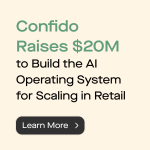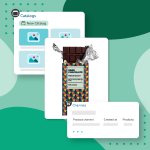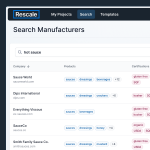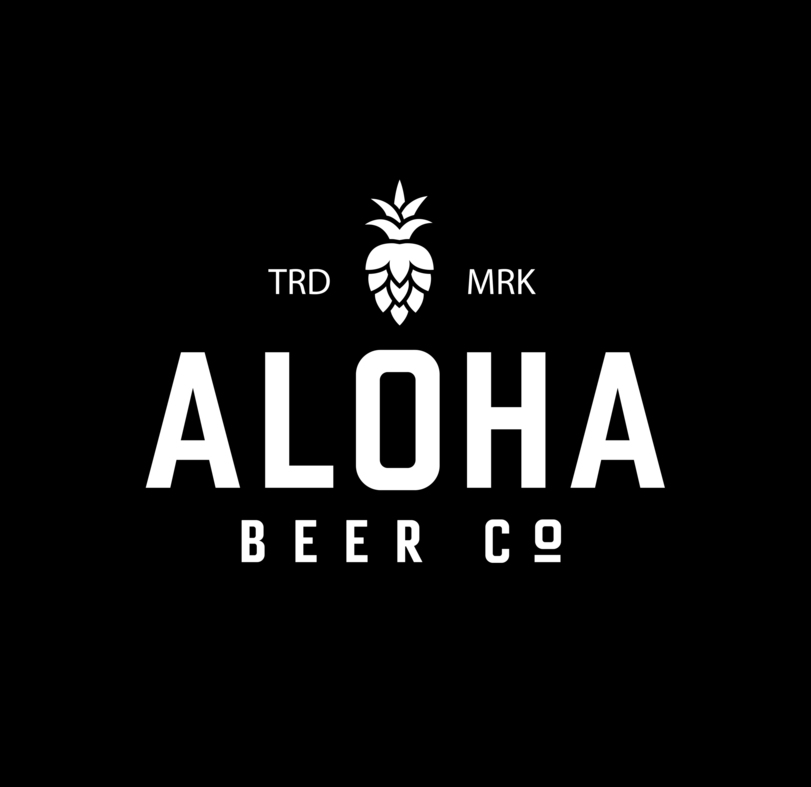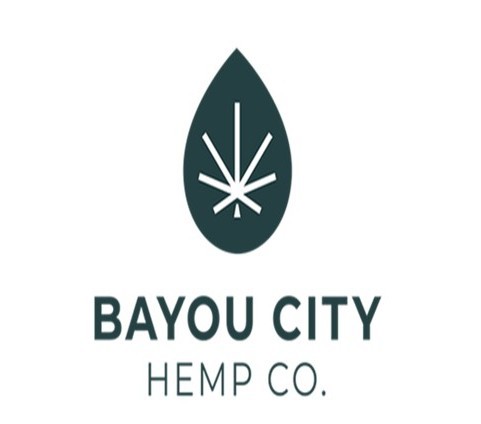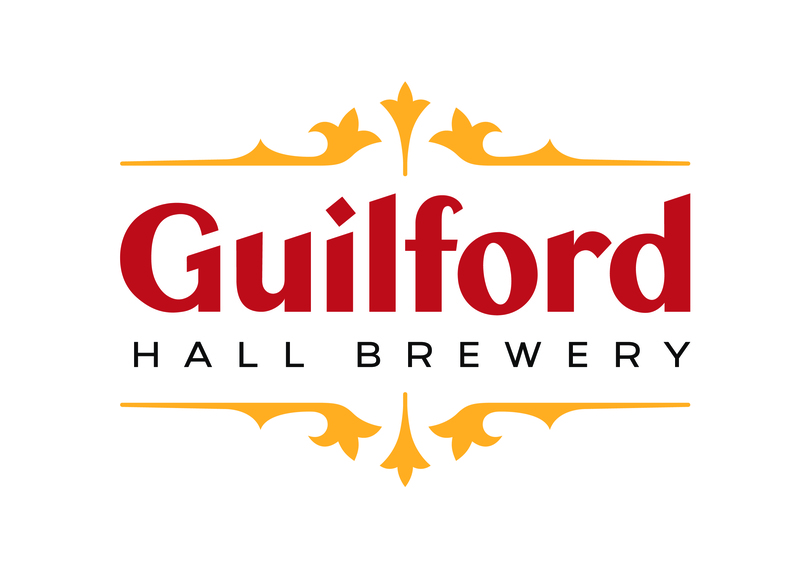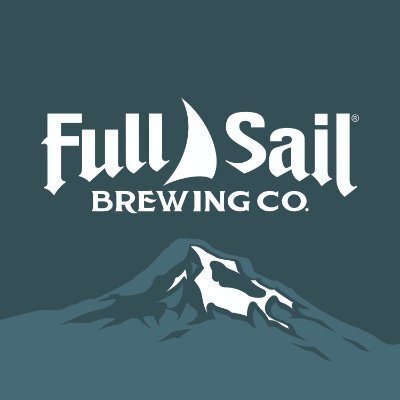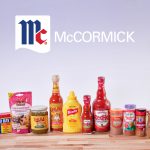Plastic-free Zero Grocery Closes; Analysts Say Model Was Unsustainable
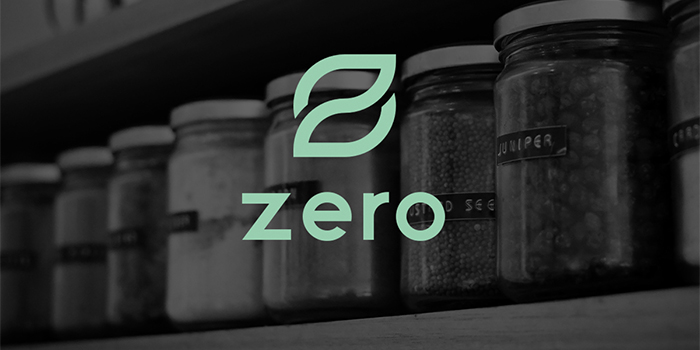
In the case of Zero Grocery, sustainable grocery delivery does not make for a sustainable business model, according to retail analysts.
In early February, the California-based, plastic-free grocery delivery platform celebrated the closing of an $11.8 million funding round led by tech-driven VC firm SWAY Ventures, capital which brought the company’s total investment to-date to over $16 million. Yet despite this influx of capital, this month, Zero Grocery abruptly announced on its social media platforms that it had closed up shop, accompanying the message with an image stating it was “The End.”
The reason, said founder and CEO Zuleyka Strasner in a tweet, was that despite the new investment and having generated “millions in revenue” over the last three years, the company remained “chronically undercapitalized.”
“With great regret, effective immediately, Zero will be shutting its doors and stopping all further deliveries,” the announcement states. “How did this happen? Fundraising has always been the biggest battle we have faced. Unfortunately, it’s the battle we’ve lost.”
According to Brittain Ladd, a retail analyst and micro-fulfillment center expert, the latest funding round wasn’t nearly enough capital for Zero “to create and sustain the required operations.” He believes the company “simply couldn’t raise enough money to cover their increased operational costs.”
At the beginning of the new year and a mere month before its funding announcement, Zero announced it had entirely relaunched its delivery platform shifting from next-day to same-day deliveries in under 2 hours and removing its $25 monthly membership fee. The San Francisco-based service also cut back the number of delivery zones in its home market in order to prioritize its expansion into Los Angeles. While the new service zones included only select East Bay and San Francisco neighborhoods, Zero said in a social media post it expected to “rapidly” re-expand to previously served zip codes.
How did it work?
Zero Grocery had differentiated itself within the waste-free and plastic-free grocery space by eschewing the bulk commodities like grains, nuts, dried fruit and coffee and tea other retailers such as The Wally Shop and Tare Grocer focused on. Instead, Zero aimed to bring branded products direct-to-consumers, buying stock in bulk directly from brands and packaging them in plastic-free, returnable and reusable containers.
The operation drew similarities to Terracycle-owned company Loop, which began online and over the past two years has shifted its focus to retail partnerships including Kroger and restaurants like Tim Hortons and Burger King. Like Zero, Loop aims to create a circular economy by selling products from brands such as Häagen-Dazs, Nature’s Path and Tropicana, in its own reusable and returnable containers. Although it began online to “test and learn for its partners,” the company said the intention was always to move to physical stores where “the majority of purchasing happens.”
“Loop is about buy anywhere and return anywhere and we are set up today so that consumers are able to purchase at Fred Meyer and return at Burger King, for example,” said a spokesperson for the company. “All of our retail partners have ambition to also incorporate e-commerce, but are prioritizing first growing the offering in their physical stores… [Eventually though] people will be able to purchase in-store and return via e-commerce and vice versa.”
Could zero waste delivery work?
According to Ladd, Strasner’s goal of modernizing the milkman model would never have been successful long term, calling it “nearly impossible.” He believes that sustainable change within the current grocery model will only be achieved through larger, established grocery retailers and delivery companies such as Instacart, GoPuff and Doordash.
However, “Supermarket Guru” Phil Lempert, an analyst focused on consumer behavior and the changing retail landscape, doesn’t believe that even Instacart or Doordash could have made a zero waste delivery model a success. Lempert said it is less of an issue with plastic-free, zero waste, or even business models altogether, but a lack of consumer commitment to the issue.
“The big picture looked great,” Lempert said. “It could raise money, it could get a lot of great PR. But consumers have to buy into it — both emotionally as well as buying goods from them.”
“What the American consumer wants, and I’m not saying this kindly, is 50,000 products, and we want them pretty, packaged and perfect,” he continued. “Look at [imperfect] fruit, for the most part it’s tastier and less expensive, it eliminates waste, it hits ‘all the above’ but consumers just didn’t buy it. They want that red shiny apple, that’s what we have been accustomed to, that’s what we quite frankly demand and that’s a sad statement on us.”
However, Lempert doesn’t believe all hope is lost for grocery waste reduction measures, stating that somewhere in-between zero waste and current shopping habits is feasible. He said most retailers are looking to embrace waste-reduction practices such as leaving behind petroleum-based plastic bags and, in the post-pandemic world, shifting back to reusable bags and containers.
“Here in the U.S., we think in terms of extremes,” said Lempert. “It’s either plant-based or animal-based. Zero waste or wasteful. There’s something in between and I think we need to take, not baby steps, but small steps to get there. Whenever anybody tries to go to the furthest degree, that’s when it fails.”
Zero Grocery and Zuleyka Strasner could not be reached for comment at the time of publication.




